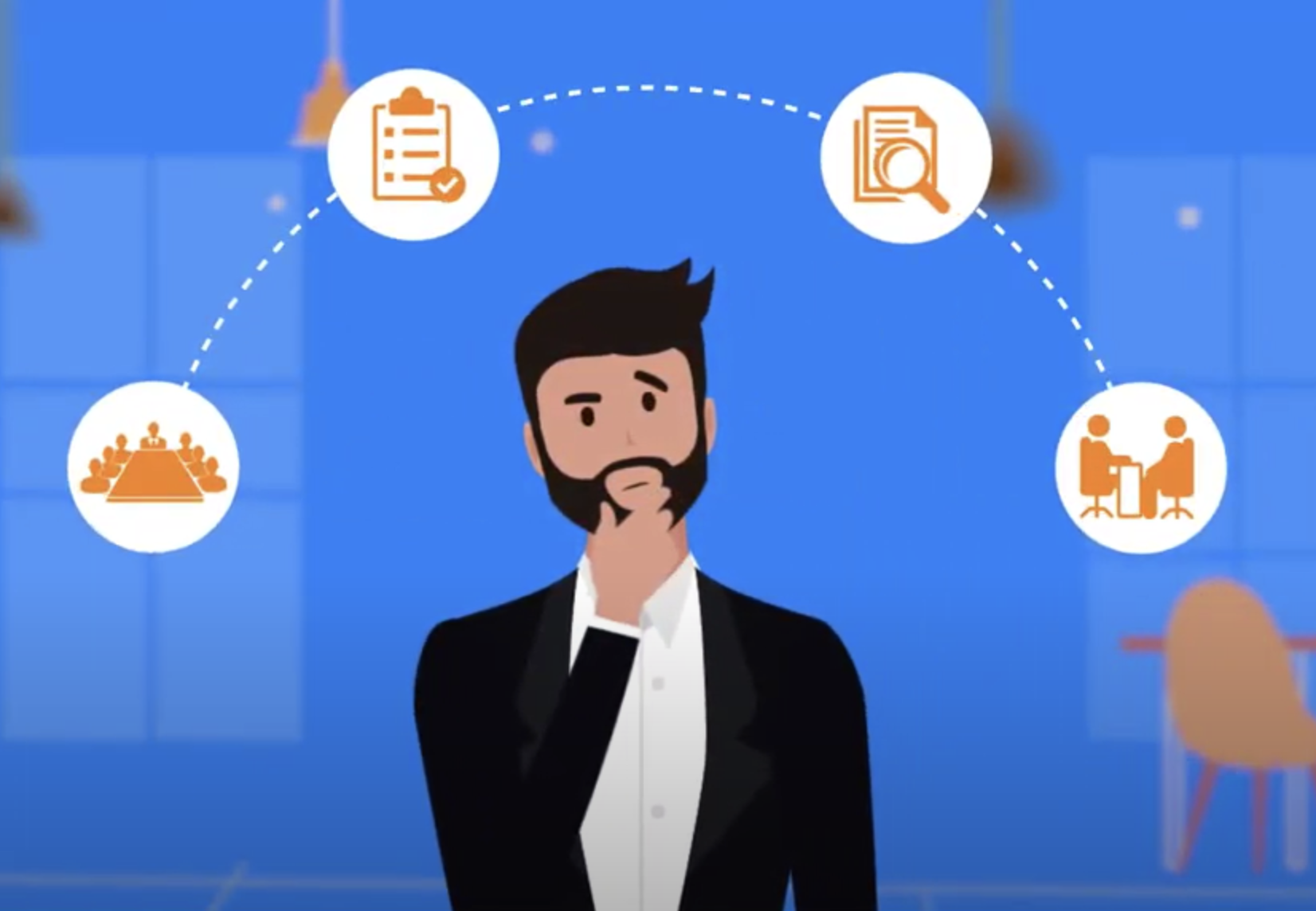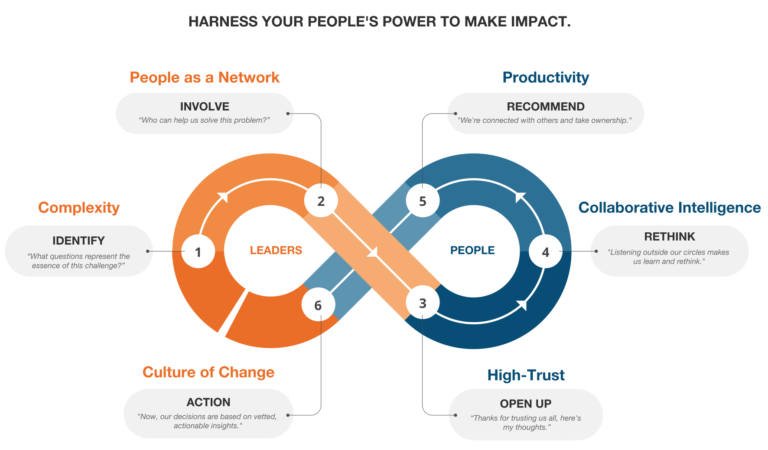How do you design your leadership development program? How do you evaluate and – most important – how do you redesign these programs?
Some of the key characteristics of a successful leadership development program are:
- blended approach
mentoring, workshops, group assignments, on-the-job assignments, reading, time to reflect, blending online and offline, on various locations
- platform of enduring learning
and leadership development; the larger part of learning takes place at work, while on the job; create a thriving environment for leaders to deploy what they’ve learned; it’s not a personal development program, but to lead others and drive a successful organizational development; design a customer and workforce-centric program, instead of a leadership-centric program; after all, it’s not (solely) about them but about their value to others and to the company
- nowadays’ technology
that inspires, engages and provokes people’s thoughts and behaviours; AI, gamification, behavioural interventions, collaborative learning and collective intelligence can all be built-in to elevate and deepen learning from each other
- design with reality as well as the future in mind
collect vetted insights, by means of collective intelligence approaches such as CircleLytics Dialogue to learn about priorities, challenges and upcoming changes that require (new) leadership.
Stay close to the people who know best what’s needed most
as research show, to become more effective and add more value; for this don’t limit yourself to insights from participants, yet also from employees.






Use the share button below if you liked it.
It makes me smile, when I see it.